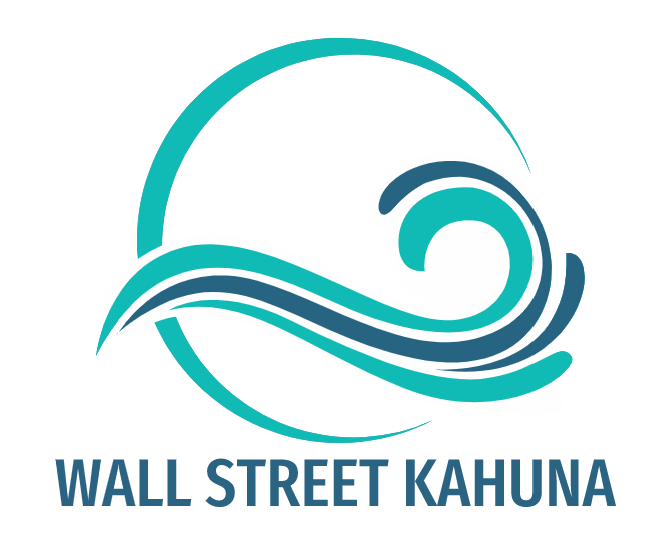Dividend investing stands out as a superb investment strategy. Historically, dividend stocks have surpassed the S&P 500 with reduced volatility. This is attributed to the dual return sources they offer: consistent income from dividend payouts and the stock price’s capital appreciation. This combined return can accumulate significantly over time.
Due to their diminished volatility, dividend stocks are often favored by investors seeking lower-risk investments, particularly those approaching or in retirement. However, without proper knowledge, investing in dividend stocks can still pose risks. Let’s delve deeper into understanding how to invest in dividend stocks.
Evaluating Dividend Stocks
Consider this scenario: you purchase 100 shares of a company at $10 each, with each share paying an annual dividend of $0.50. With a $1,000 investment, you would receive $50 in dividend payments annually, translating to a 5% dividend yield.
The choice of utilizing your dividends is yours. Options include:
1. DRIP: Automatically reinvest dividends to acquire more company shares through a Dividend Reinvestment Plan (DRIP).
2. Purchase stock in a different company
3. Save or spend the cash.
Regardless of the stock price movement, you would continue receiving these dividends as long as the company distributes them.
The Appeal of Dividend Stocks
The allure of dividend-paying stocks lies in the predictable quarterly payments as part of your return. Although not all companies can sustain dividend payouts in every economic climate, a diversified dividend stocks portfolio can yield consistent income in various conditions.
Combining these dividends with capital appreciation as your owned companies grow in value, the total returns can potentially outperform the broader market.
Dividend Metrics and Evaluation
Before purchasing any dividend stocks, it’s crucial to understand how to evaluate them. Key metrics include:
Dividend Yield: The annualized dividend as a percentage of the stock price.
Dividend Payout Ratio: The dividend as a percentage of a company’s earnings.
Cash Dividend Payout Ratio: The dividend as a percentage of a company’s operating cash flows minus capital expenditures.
Total Return: The increase in stock price plus dividends paid.
Avoiding the Dividend Yield Trap
Inexperienced investors often err by opting for stocks with the highest dividend yields. This can be a pitfall as high yields might be a result of a falling stock price due to the risk of a dividend cut. To avoid this trap:
1. Refrain from purchasing stocks based solely on dividend yield.
2. Utilize payout ratios to assess a dividend’s sustainability.
3. Examine the company’s dividend history, balance sheet, and industry context.
Taxation on Dividends
Most dividend stocks pay “qualified” dividends, taxed at a lower rate compared to the ordinary income tax rates. However, some dividends, classified as “ordinary” or non-qualified, are taxed at your marginal tax rate.
Dividend Investment Strategies
Contrary to the misconception, dividend stocks are not just for retirees or risk-averse investors. They can be a valuable addition to your portfolio, offering potential for reduced volatility and enhanced total returns. Consider building a dividend portfolio focusing on companies with a consistent dividend increase history and sound financial profiles. Evaluate how you wish to reinvest your dividends, possibly utilizing a DRIP or investing in a dividend-focused ETF or mutual fund.
In conclusion, incorporating dividend stocks into your portfolio can offer numerous benefits, including the potential for steady income, reduced volatility, and enhanced total returns, aiding in achieving your financial objectives more swiftly.


